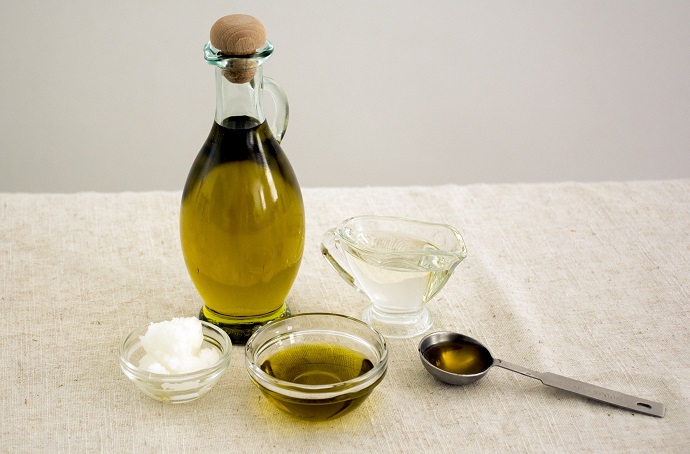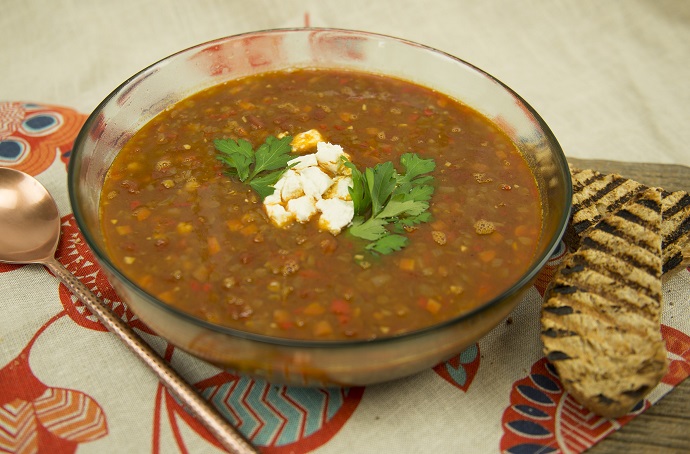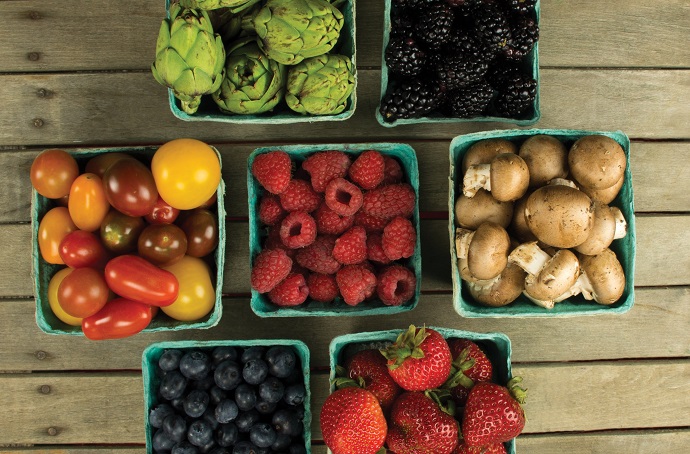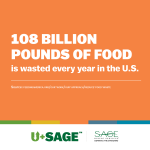From Our Dietitians: Trending Oils
Nutrition
Fat is back! After decades of low-fat and no-fat hype, most dietitians agree that healthy fats have a place in our diet. After all, fat adds flavor, provides energy, helps you feel full, and promotes healthy neurological function and homeostasis. There are three main types of fatty acid—saturated, unsaturated, and trans—that compose any macromolecular “fat” that we can see or consume. Saturated and trans fats have tight bonds that tend to make them solid at room temperature, whereas unsaturated fats...
“Where does your food come from?” - SAGE’s Commitment to Local Sourcing
Purchasing
At times, we’re asked, “Where does your food come from?” We’re always thrilled to answer this question, and we wish it were asked more often. At SAGE, we think it’s important for students to know where their food comes from — both to recognize the time, skill, and resources necessary to produce the food they eat, and to understand the implications of their consumption for soil and water quality, animal welfare, local economies, and global climate change. Food is...
From Our Kitchen: Moroccan Lentil & Chickpea Stew
From Our Kitchen
This spicy, savory stew embodies the complex flavors of traditional Moroccan cuisine. It’s so hearty and filling, you may just forget that it’s vegan. Serves 8 Ingredients: 3 medium carrots, diced 1 can chickpeas, drained and rinsed 2 cloves garlic, minced 1 1/3 cups green lentils, picked through and rinsed 1 red bell pepper, finely diced 1 sweet onion, finely diced 1 28 ounce can diced tomatoes 1 quart vegetable broth 1 teaspoon cinnamon 1 teaspoon kosher salt 1/2 teaspoon...
International Cuisine: Morocco
Articles
Curious about the authentic day-to-day culinary traditions of the countries you’d like to visit? Us, too! Especially as we build menus that include authentic meals from around the world! We hope you enjoy this series on international cuisines as much as we did creating them! We explore the traditional diet and popular dishes, kitchen equipment, eating traditions, and more! We start in Morocco. Morocco The Diet and Popular Dishes: The Moroccan diet is heavily grain-based, focusing on the wheat found...
One-on-One with a SAGE Food Service Director: Mashaye Barr
SAGE Community, One-on-One
Mashaye Barr, former Food Service Director (FSD) at St. Stephen’s and St. Agnes School, and newly-appointed AFSD at McDonogh School, took my call during a busy afternoon of what she called “magic”—making orange-blueberry muffins with her much-loved team. How’d you get into food service? My Uncle Peppi owned two restaurants in Baltimore. He taught me about food and integrity. I always had a hot meal with him, and got the greatest advice. He encouraged me to learn from the best:...
Keeping Students Safe: How SAGE Handles Food Allergies
Nutrition, Allergies, Menu Builder, Online Menu
SAGE’s first priority is keeping our students safe and healthy. For this reason, food allergies need to be considered just as seriously as any other threat. SAGE’s research of its client population found that 1 in 12 students has a food allergy. For students with food allergies, meals can bring uncertainty and fear. We alleviate that fear through our allergy management program. Since peanut allergies are the most common and severe, SAGE doesn’t serve peanut or tree nut products (*unless...
From Our Kitchen: Gluten-Free Apple Pie
From Our Kitchen
Learn how to make this fall staple at home. You can use any apples, although our Chefs recommend tart baking apples like Braeburns or Granny Smiths. If you’d prefer, the gluten-free flour can be swapped easily for regular all-purpose flour. Grab your vanilla ice cream and enjoy! Yields: 1 Pie Ingredients for Crust: 2 ½ cups gluten-free all-purpose flour 1 teaspoon salt 2 sticks cold, unsalted butter, cut into small pieces 8 tablespoons ice-cold water Crust Preparation: Step 1 Cut...
Good Nutrient Sources for Plant-Based Eaters
Nutrition
Plant-based eaters need to be vigilant about incorporating nutrients of concern for underconsumption into their diets, including: iodine, zinc, calcium, protein, iron, omega-3 fatty acids, and vitamins A, B12, and D. Milk, eggs, poultry, meat, and seafood are naturally rich in many of these nutrients—so if you’re excluding any of these from your diet, use this chart as a guide to ensure that your plant-based eating habits are healthy and nutritionally complete. Read more about the motivations, benefits, and habits...






